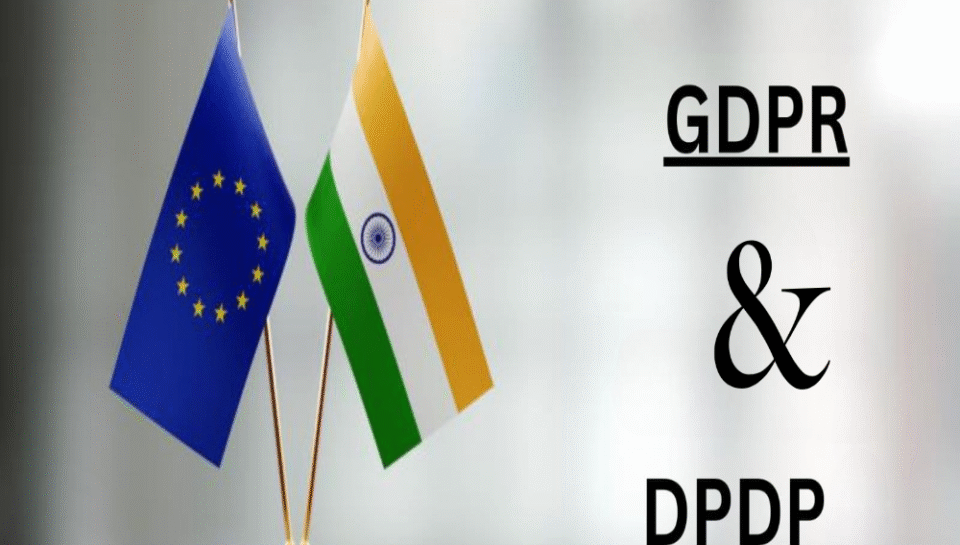
How is envelope design aligned with GDPR and DPDP compliance?
1. Protecting Personal Data on Envelope Surfaces
Envelope design must ensure that any personal data (names, addresses, contact details) displayed complies with GDPR (General Data Protection Regulation) and DPDP (Data Protection and Privacy Data) regulations, safeguarding individuals’ privacy.
- Display only necessary personal information on the envelope exterior
- Avoid printing sensitive data (e.g., employee ID numbers, financial info) visibly
- Use clear, legible fonts to minimize misdelivery due to address errors
- Consider using opaque or window envelopes that obscure content to unauthorized viewers
- Avoid using decorative elements that might reveal private data indirectly
2. Securing Data During Mailing and Handling
Regulations require reasonable steps to protect personal data from unauthorized access during transit. Envelope design contributes by physically securing contents.
- Use tamper-evident seals or security tapes to prevent unauthorized opening
- Prefer envelopes made of durable materials that resist tearing or damage
- Employ secure window placements that don’t expose sensitive content beyond necessity
- Use discreet or minimal branding to avoid attracting unnecessary attention
- Include sender contact info discreetly for return or correction without exposing recipient data
3. Consent and Purpose Transparency
Envelopes, especially for marketing or data-driven outreach, should align with consent and purpose transparency principles mandated by GDPR and DPDP.
- Include a brief note or QR code linking to the company’s privacy policy
- Avoid unsolicited mailings unless prior consent has been obtained
- Clearly identify the sender and purpose of the communication on the envelope
- Use opt-out instructions or contact details for data subjects to manage their preferences
- For bulk mailing, ensure distribution lists are compliant with relevant data protection consents
4. Minimizing Data Exposure Through Design Choices
Design can help minimize unnecessary data exposure by limiting the amount and type of information visible on envelopes.
- Use coded or anonymized recipient IDs inside the envelope instead of full personal info outside
- Opt for return envelopes or inserts that allow secure responses without disclosing data externally
- Design envelopes with privacy windows positioned carefully to reveal only the recipient name and address
- Avoid excessive personalization that could reveal sensitive details to unintended viewers
- Limit use of marketing or behavioral data printed on envelopes to reduce profiling risks
5. Documentation and Compliance Tracking
Align envelope design and distribution processes with organizational GDPR and DPDP compliance programs.
- Maintain audit trails of mailing lists and consent records linked to envelope batches
- Use standardized templates vetted for compliance to reduce human error
- Collaborate with legal and data protection officers during design approval stages
- Implement periodic reviews of mailing materials for adherence to evolving regulations
- Train mailing and marketing teams on data protection responsibilities related to physical correspondence





